Uzbekistan Railways to launch high-speed electric trains on 8 new routes
Uzbekistan Railways is holding a tender for the purchase of 34 high-speed electric trains.
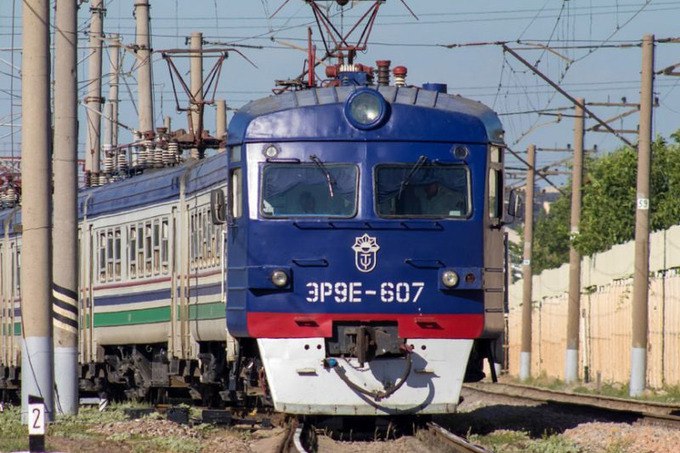
Photo: Uzbekistan Railways
Now the railway operator is negotiating with the world’s leading suppliers. Among them are German Siemens, Swiss Stadler, Czech Skoda, French Alstom, Spanish Talgo, Korean Hyundai, Japanese Hitachi, Chinese CRRC and others.
After the purchase of high-speed electric trains, the company plans to launch services on eight new routes: Tashkent - Keles, Tashkent - Jizzakh, Jizzakh - Samarkand, Samarkand - Karshi, Samarkand - Shakhrisabz, Navoi - Bukhara, Nukus – Khiva and Andijan - Khanabad.
The company also intends to send part of the trains to expand the service in 10 existing areas:
- Tashkent - Khodjikent;
- Tashkent - Angren;
- Tashkent - Bekabad;
- Tashkent - Gulistan;
- Namangan - Andijan;
- Kokand - Andijan;
- Termez - Sariasia;
- Karshi - Bukhara;
- Bukhara - Khiva;
- Samarkand - Bukhara.
On 8 new routes, passenger traffic is expected to be 5.925 million people annually. In total, according to the operator’s calculations, improvements in the railway service will be felt by 22.47 million passengers per year.
Recommended
List of streets and intersections being repaired in Tashkent published
SOCIETY | 19:12 / 16.05.2024
Uzbekistan's flag flies high on Oceania's tallest volcano
SOCIETY | 17:54 / 15.05.2024
New tariffs to be introduced in Tashkent public transport
SOCIETY | 14:55 / 05.05.2023
Onix and Tracker cars withdrawn from sale
BUSINESS | 10:20 / 05.05.2023
Latest news
-
Uzbekistan ranks fourth among CIS countries in mobile internet speed
SOCIETY | 19:10 / 25.07.2025
-
The Maldives – The Perfect Choice for a Halal-Friendly Holiday
SOCIETY | 19:00 / 25.07.2025
-
Tashkent hotel owner jailed for 8 years after deadly gas leak kills three, including two Russian citizens
SOCIETY | 18:29 / 25.07.2025
-
Uzbek national wanted for insulting the president extradited from Azerbaijan
SOCIETY | 18:26 / 25.07.2025
Related News
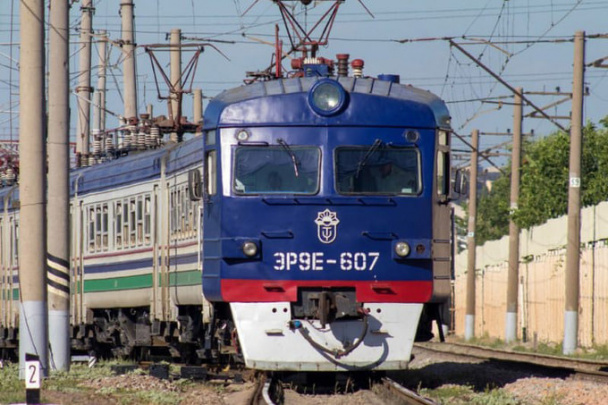
12:01 / 30.06.2025
Court rejects railway companies' appeal, orders to repay 1.3 billion UZS in fare overcharges for Fergana commuters
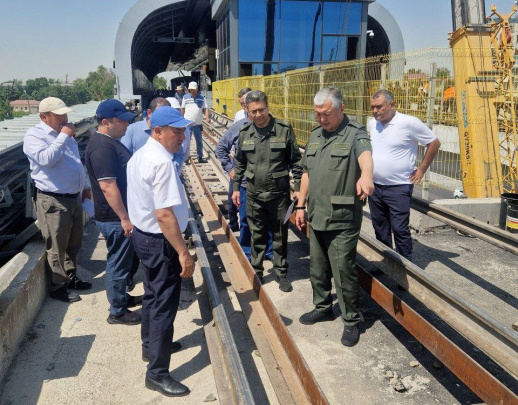
13:02 / 25.06.2025
Transport prosecutor flags issues in Tashkent metro overhaul project
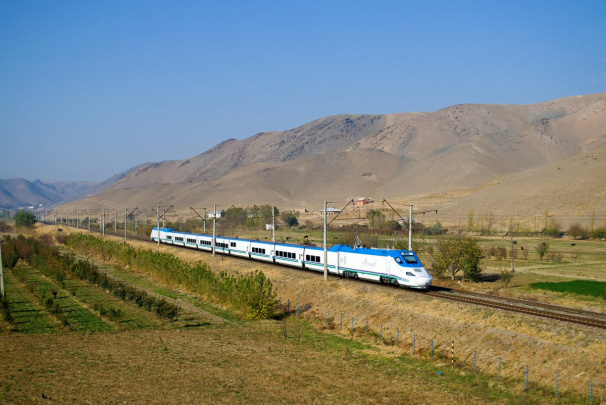
12:17 / 17.06.2025
Uzbekistan Railways introduces train speed restrictions amid scorching summer temperatures
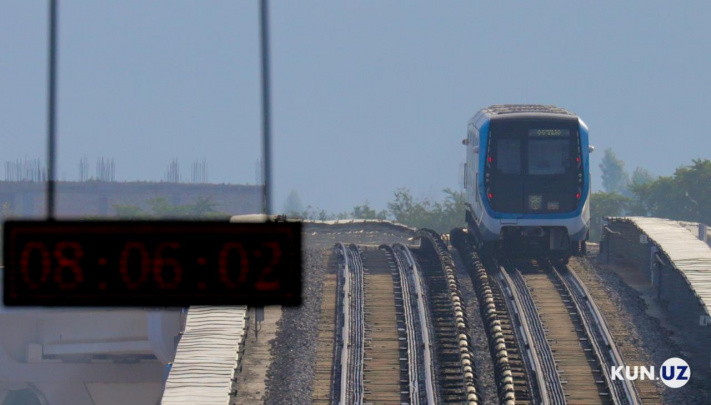
14:03 / 31.05.2025



